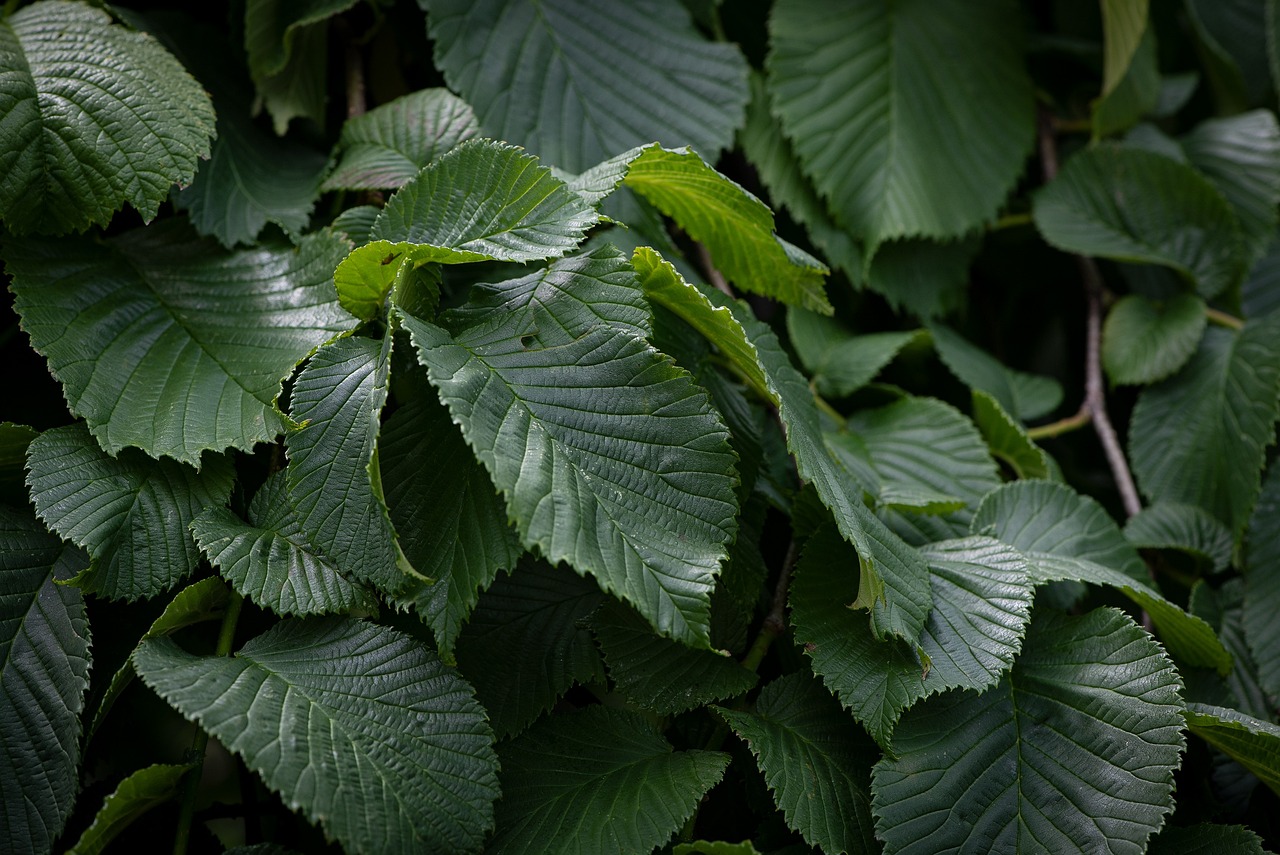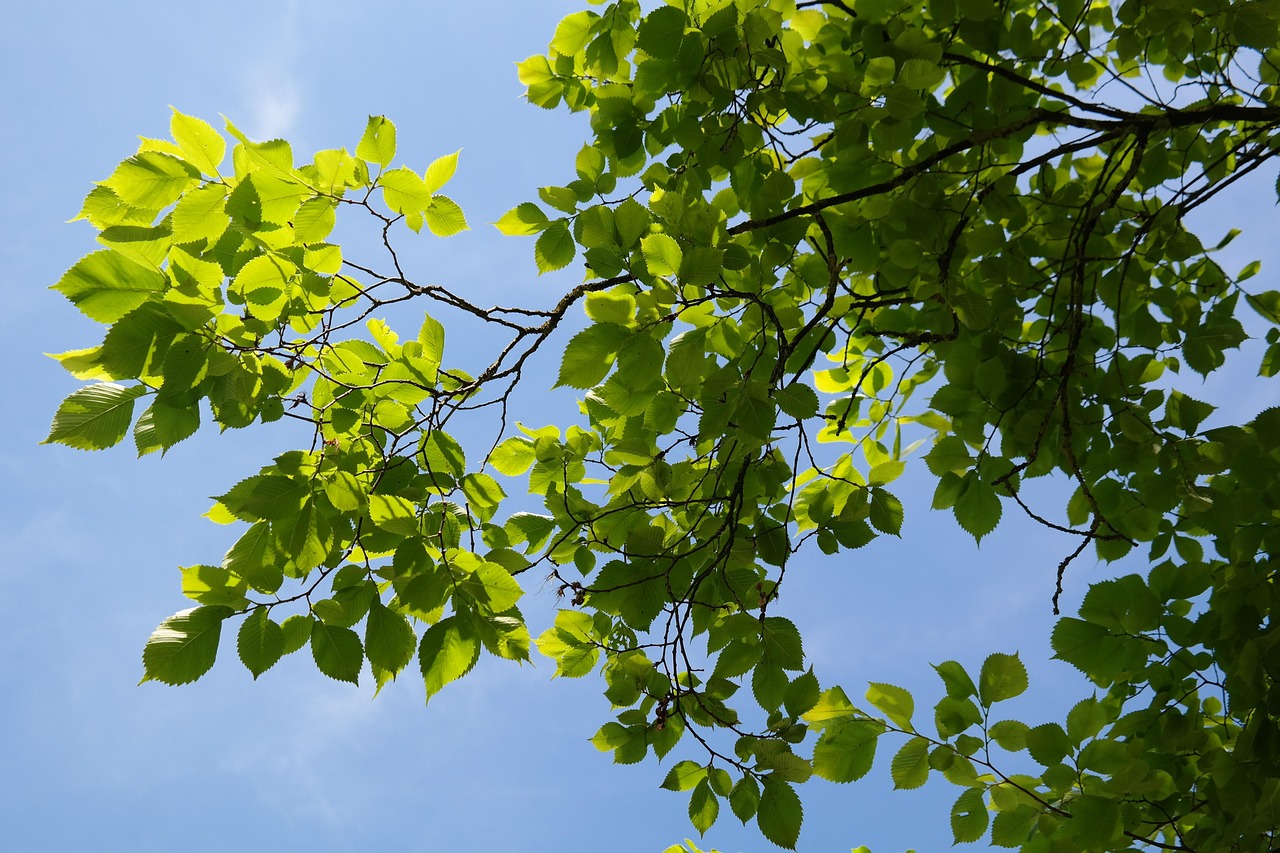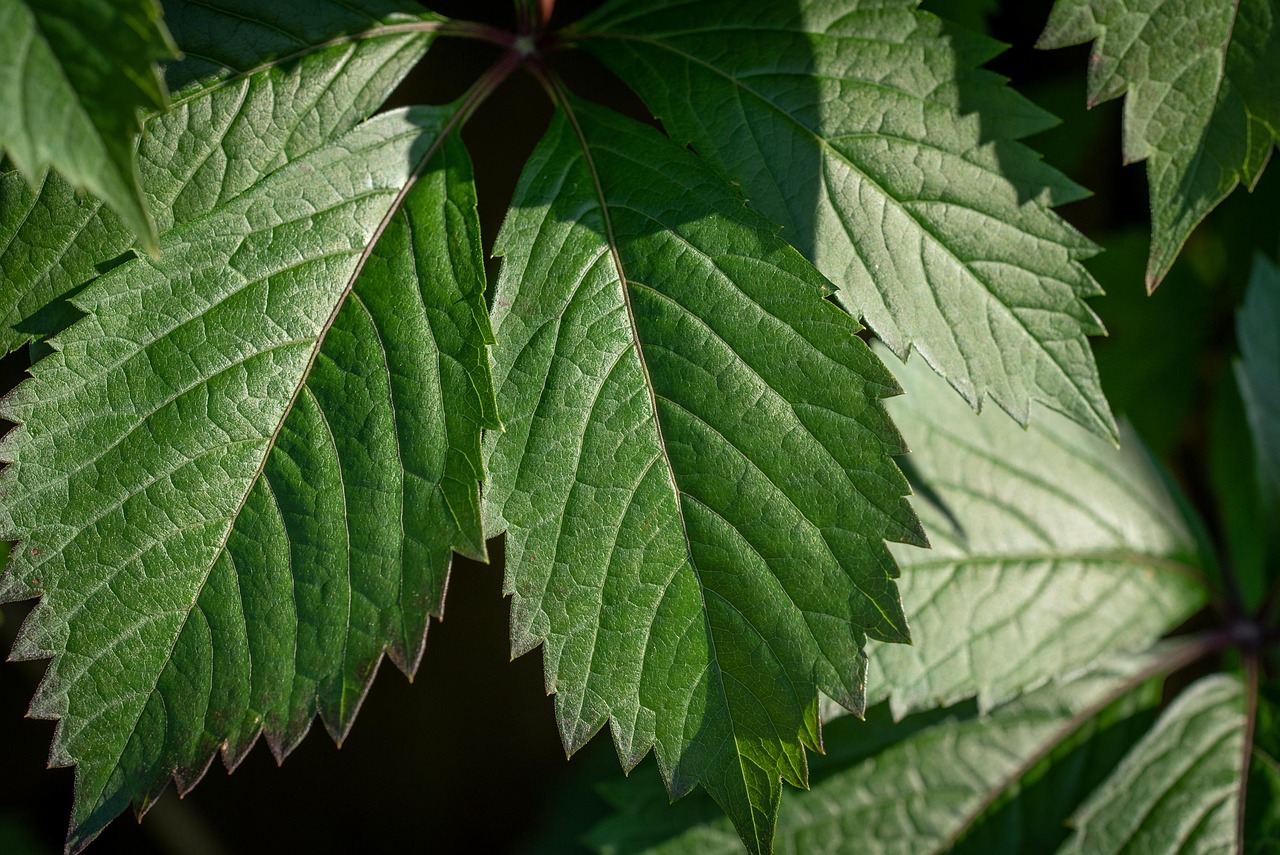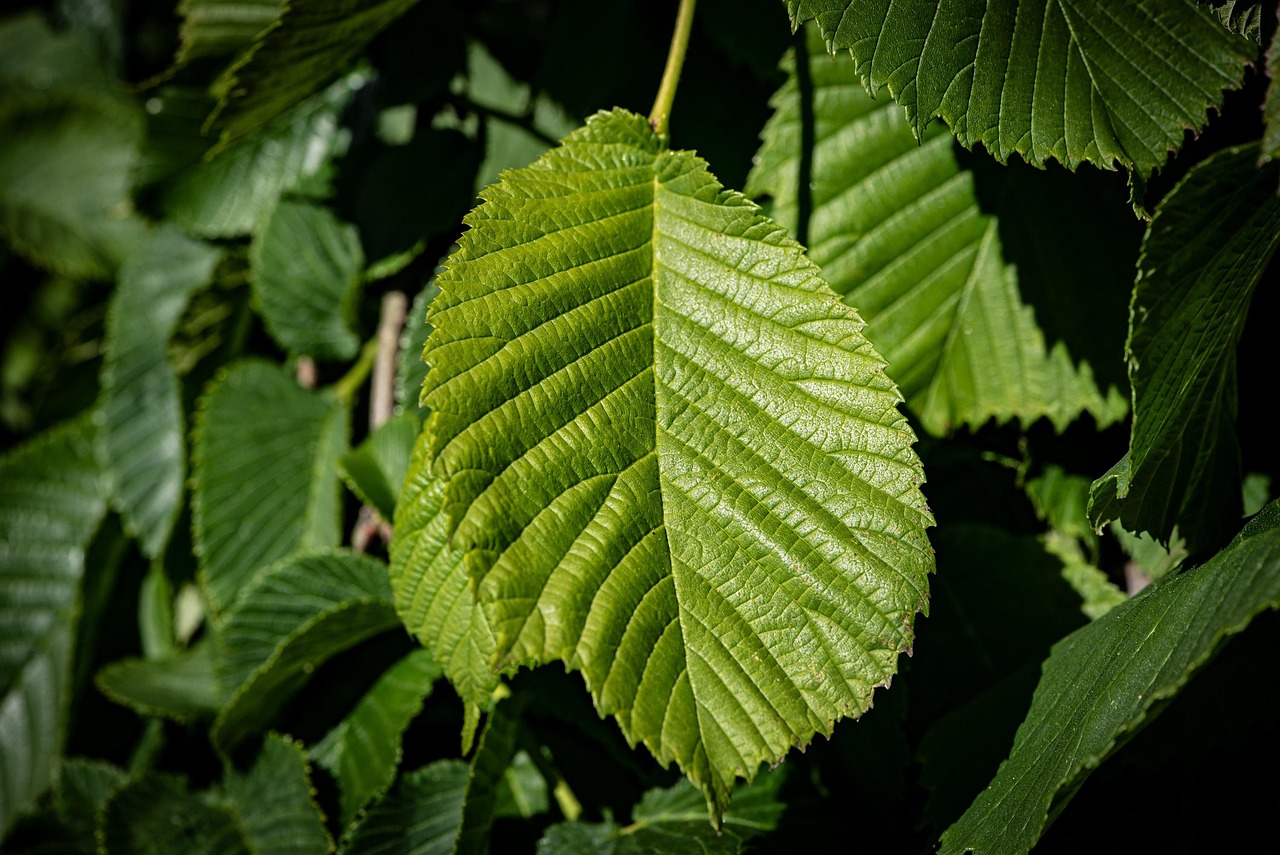Drake Elm trees exhibit a moderate growth rate in dry climates, typically ranging from 12 to 24 inches per year. Their adaptability to arid conditions enables them to thrive, although growth may be slower compared to more humid environments.
Understanding the Drake Elm Tree
The Drake Elm, scientifically known as Ulmus parvifolia ‘Drake’, is a popular deciduous tree valued for its resilience and attractive foliage. This variety of elm is recognized for its glossy, dark green leaves that turn vibrant shades of yellow and orange in the fall. Its unique branching structure and ability to adapt to various soil types make it a preferred choice for landscaping in urban and suburban areas.

One of the standout features of the Drake Elm is its tolerance to drought conditions. Originating from the Far East, particularly China and Japan, this tree has evolved to withstand periods of low moisture. This characteristic allows it to be a viable option for regions with dry climates, where water conservation is crucial.
Growth Characteristics in Dry Climates
In dry climates, the growth rate of the Drake Elm can be influenced by several factors. These include soil quality, water availability, and temperature variations. Understanding these factors is essential for maximizing the growth potential of this tree in arid regions.
Soil Quality
The Drake Elm prefers well-drained soils, but it can tolerate a range of soil types, including sandy and clay soils. However, poor soil conditions can limit growth. Amending the soil with organic matter can improve drainage and nutrient availability, which may enhance growth rates.

Water Availability
While the Drake Elm is drought-tolerant, consistent watering during the establishment phase is crucial. Young trees need adequate moisture to develop strong root systems. Once established, they can withstand dry periods better. It is recommended to water deeply but infrequently to encourage deep root growth.
Temperature Variations
The Drake Elm thrives in a variety of temperature ranges. However, extreme heat can stress the tree and affect its growth rate. In dry climates, protecting the tree from prolonged exposure to high temperatures can help maintain its health and growth. Providing mulch around the base can also help retain soil moisture and regulate temperature.
Factors Affecting Growth Rate
Several factors contribute to the overall growth rate of the Drake Elm in dry climates:

- Sunlight: Full sun exposure is ideal for optimal growth, but partial shade can be tolerated.
- Fertilization: Applying a balanced fertilizer can enhance growth during the growing season.
- Pests and Diseases: Keeping an eye on potential pests and diseases is vital for tree health, which in turn affects growth.
- Pruning: Regular pruning helps maintain shape and removes dead or diseased branches, promoting healthier growth.
Comparison with Other Trees
When considering trees for dry climates, it is helpful to compare the growth rates of different species. Below is a table that outlines the average growth rates of various trees suitable for arid conditions:
| Tree Species | Average Growth Rate (inches/year) | Drought Tolerance |
|---|---|---|
| Drake Elm | 12 – 24 | High |
| Ponderosa Pine | 12 – 24 | Moderate |
| Desert Willow | 24 – 36 | Very High |
| Mesquite Tree | 12 – 30 | Very High |
This table highlights that while the Drake Elm has a competitive growth rate among other drought-tolerant species, certain trees like the Desert Willow may outperform it under optimal conditions. However, the Drake Elm’s aesthetic appeal and structural integrity make it a valuable choice for many landscapes.
Overall, understanding the nuances of growing Drake Elm trees in dry climates can significantly impact their success and longevity in such environments. By providing the right conditions and care, these trees can thrive and add beauty to arid landscapes.
Optimal Planting Conditions for Drake Elm Trees
To ensure the healthy growth of Drake Elm trees, it is essential to understand their optimal planting conditions. These trees thrive in well-drained soils and can adapt to various soil types, including sandy, loamy, and clay soils. However, specific conditions can enhance their growth rate and overall health.

Ideal Soil Composition
Drake Elms prefer soil that is rich in organic matter. Here are some key components that can be beneficial for planting:
- Loamy Soil: A mix of sand, silt, and clay provides good drainage and nutrient retention.
- Organic Matter: Adding compost or well-rotted manure can improve soil structure and fertility.
- pH Level: A slightly acidic to neutral pH (6.0 to 7.5) is ideal for optimal growth.
Sunlight Requirements
Drake Elm trees flourish in full sun, requiring at least six hours of direct sunlight each day. Adequate sunlight not only promotes healthy growth but also enhances the tree’s overall vigor. In shadier conditions, the tree may grow slower and become leggy as it reaches for light.
Irrigation Practices for Dry Climates
In dry climates, proper irrigation is crucial for the establishment and continued growth of Drake Elm trees. Here are some effective practices:
Establishment Phase
During the first year after planting, regular watering is essential to help establish a robust root system. Follow these guidelines:
- Frequency: Water deeply once a week during dry spells.
- Amount: Aim for about 10 to 15 gallons of water per week, adjusting based on rainfall.
- Technique: Use soaker hoses or drip irrigation to deliver water directly to the roots.
Ongoing Care
Once established, Drake Elms can tolerate periods of drought. However, consistent watering during prolonged dry spells can ensure continued growth and vigor. Here are some tips:
- Mulching: Apply a 2- to 4-inch layer of mulch around the base to retain moisture and regulate soil temperature.
- Monitoring: Check the soil moisture regularly; if the top 2 inches are dry, it’s time to water.
- Avoid Overwatering: Ensure that the soil drains well to prevent root rot.
Pest and Disease Management
Maintaining the health of Drake Elm trees involves proactive pest and disease management. While these trees are generally resilient, they can be susceptible to certain issues:
Common Pests
Several pests may affect Drake Elm trees, including:
- Elm Leaf Beetles: These insects feed on leaves, causing damage. Regular monitoring and insecticidal soap can help control populations.
- Aphids: These small pests suck sap from leaves. Beneficial insects like ladybugs can help keep their numbers down.
- Spider Mites: These tiny pests thrive in dry conditions. Regular watering can help reduce their impact.
Potential Diseases
The Drake Elm can also be affected by a few diseases, such as:
- Dutch Elm Disease: A fungal infection that can kill trees quickly. It is essential to manage elm populations and remove infected trees promptly.
- Bacterial Leaf Scorch: This disease causes leaf wilting and browning. Maintaining proper watering and fertilization can help reduce stress on the tree.
Seasonal Care and Maintenance
Caring for Drake Elm trees throughout the seasons ensures their health and longevity. Here’s a breakdown of seasonal care:
Spring
In spring, focus on:
- Fertilization: Apply a slow-release fertilizer to boost growth.
- Pruning: Remove dead or damaged branches to encourage new growth.
Summer
During summer months, continue to monitor moisture levels and provide adequate water during hot spells. Mulching is beneficial during this time.
Fall
In fall, observe leaf color changes. This is also a good time for light pruning if needed. Rake fallen leaves to prevent disease buildup.
winter
During winter, protect young trees from extreme cold and wind by wrapping trunks with burlap or using protective barriers if necessary.
Common Uses of Drake Elm Trees
Drake Elm trees are versatile and can be utilized in various settings due to their aesthetic appeal and resilience. Their adaptability to dry climates makes them suitable for numerous applications in landscaping and urban forestry. Below are some common uses for Drake Elm trees.
Landscaping and Aesthetic Value
One of the primary reasons homeowners and landscapers choose Drake Elm trees is their beautiful appearance. Here are a few ways they enhance outdoor spaces:
- Shade Trees: With their broad canopy, Drake Elms provide ample shade, making them ideal for parks, gardens, and residential yards.
- Specimen Trees: Their unique branching structure and seasonal color changes make them excellent focal points in landscapes.
- Street Trees: Due to their urban tolerance, these trees are often planted along streets and sidewalks, providing greenery in urban environments.
Environmental Benefits
Drake Elm trees offer several environmental advantages that contribute to sustainable landscaping:
- Air Quality Improvement: Trees play a crucial role in filtering pollutants from the air, improving overall air quality.
- Soil Erosion Control: The root systems of Drake Elm help stabilize the soil, reducing erosion and promoting healthy ecosystems.
- Wildlife Habitat: These trees provide food and shelter for various wildlife species, contributing to biodiversity.
Economic Value of Drake Elm Trees
Planting Drake Elm trees can also have economic benefits. Their ability to thrive in dry climates makes them a cost-effective choice for landscaping projects. Consider the following aspects:
Low Maintenance Requirements
Drake Elm trees require relatively low maintenance once established. This characteristic can result in cost savings over time due to reduced labor and resources needed for care. Key factors include:
- Drought Tolerance: Their ability to survive with minimal water reduces irrigation costs.
- Pest Resistance: They are generally resistant to many pests and diseases, decreasing the need for chemical treatments.
- Longevity: With proper care, Drake Elms can live for several decades, providing long-term value.
Increased Property Value
The presence of mature trees like the Drake Elm can enhance property values. Studies have shown that well-landscaped properties with mature trees can sell for more than those without. Benefits include:
- Curb Appeal: Attractively landscaped properties appeal more to potential buyers.
- Energy Savings: Shade from trees can reduce cooling costs in homes during hot months.
Cultural Significance of Drake Elm Trees
Drake Elm trees also hold cultural importance in various regions. They may be used in traditional practices or serve as symbols of strength and resilience. Here are some cultural aspects to consider:
Symbolism
In many cultures, trees symbolize life, growth, and endurance. The Drake Elm, with its strong structure and longevity, embodies these qualities. This symbolism can be seen in:
- Community Parks: Many communities plant Drake Elms in parks as a representation of strength and unity.
- Ceremonial Uses: In some cultures, trees are used in ceremonies or rituals that emphasize growth and renewal.
Educational Opportunities
Drake Elm trees can serve as educational tools in schools and community programs. They provide opportunities for learning about:
- Biodiversity: Teaching children about local ecosystems and the importance of trees.
- Sustainability Practices: Demonstrating how to care for trees while promoting environmental stewardship.
Challenges Associated with Growing Drake Elm Trees
While Drake Elm trees have many benefits, they also face certain challenges that gardeners and landscapers should be aware of. Here are some notable concerns:
Environmental Stressors
In dry climates, environmental stressors can affect the growth and health of Drake Elm trees. Key stressors include:
- Drought Conditions: Extended periods without rain can hinder growth if not properly managed.
- Soil Salinity: In arid regions, high salinity levels can affect root development and nutrient uptake.
Pests and Disease Management
As previously mentioned, pests and diseases can impact the health of Drake Elm trees. Regular monitoring and prompt action are vital. Here are some preventative measures:
- Cultural Practices: Implementing proper watering and mulching techniques can help reduce disease susceptibility.
- Pesticide Use: If necessary, targeted pesticide applications should be considered to manage pest populations effectively.
By understanding both the benefits and challenges associated with growing Drake Elm trees, gardeners can make informed decisions that promote healthy growth in dry climates.
Future Considerations for Drake Elm Trees in Dry Climates
As climate patterns continue to shift, the future of Drake Elm trees in dry climates may be influenced by several factors. Understanding these aspects will help landowners, landscapers, and urban planners make sustainable choices for the planting and maintenance of these valuable trees.
Climate Adaptability
Drake Elm trees have shown a remarkable capacity to adapt to varying climatic conditions. However, ongoing changes in temperature and precipitation patterns can pose challenges:
- Increased Temperatures: Higher temperatures may lead to increased water demands, necessitating efficient irrigation strategies to sustain tree health.
- Changing Rainfall Patterns: Fluctuations in rainfall can impact soil moisture levels, requiring adjustments in watering practices throughout the year.
Urbanization and Its Impact
As urban areas expand, the role of trees in the urban environment becomes increasingly significant. Drake Elm trees can play an essential part in urban forestry:
- Heat Island Mitigation: Urban areas often experience higher temperatures due to human activity. Trees like the Drake Elm provide shade, helping reduce the heat island effect.
- Stormwater Management: The presence of trees can help absorb excess rainwater, reducing runoff and the risk of flooding.
- Aesthetic and Recreational Spaces: Integrating Drake Elms into parks and public spaces enhances the visual appeal and provides recreational opportunities for communities.
Community Engagement and Education
Engaging communities in tree planting initiatives can foster a sense of stewardship for the environment. Educational programs that highlight the benefits of planting Drake Elm trees may encourage more individuals to participate:
- Workshops: Organizing tree care workshops can empower community members with knowledge about planting, care, and maintenance practices.
- Volunteer Programs: Involving local volunteers in planting days promotes community involvement while enhancing green spaces.
Final Thoughts
The Drake Elm tree stands out as a resilient option for those looking to enhance their landscapes in dry climates. With a growth rate that adapts to arid conditions and a host of environmental benefits, these trees are invaluable assets. Their ability to thrive in challenging environments makes them suitable for various applications, from residential yards to urban landscapes.
By understanding the essential care requirements, potential challenges, and future considerations, gardeners and urban planners can cultivate healthy Drake Elm trees that contribute positively to both local ecosystems and community aesthetics. Implementing appropriate strategies for planting and maintenance will ensure that these beautiful trees continue to thrive for generations to come.
As we look toward sustainable landscaping practices, embracing the strengths of the Drake Elm is vital. With proper care, these trees will not only enhance the visual appeal of our environments but also support ecological health in the face of changing climate conditions.
